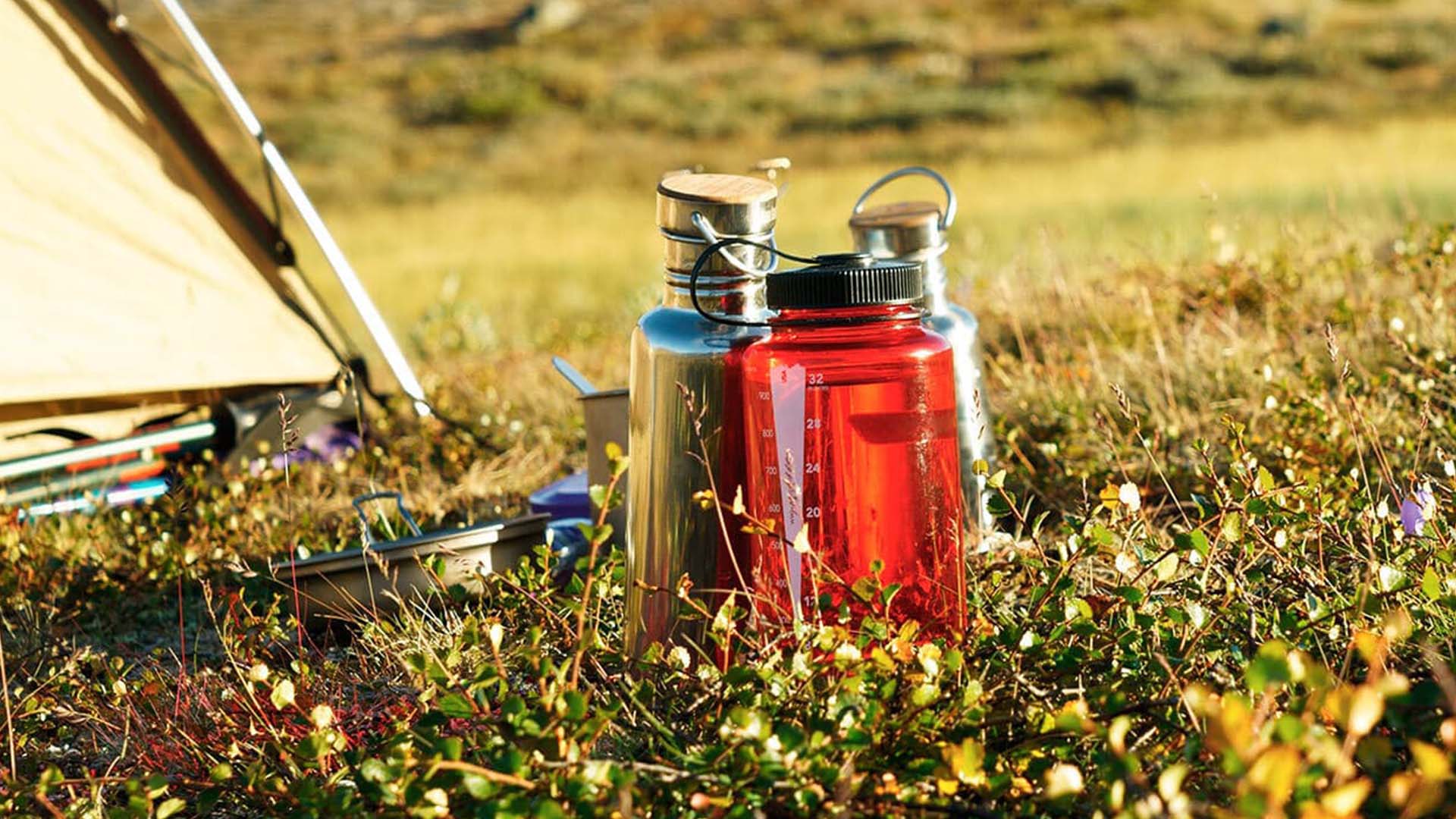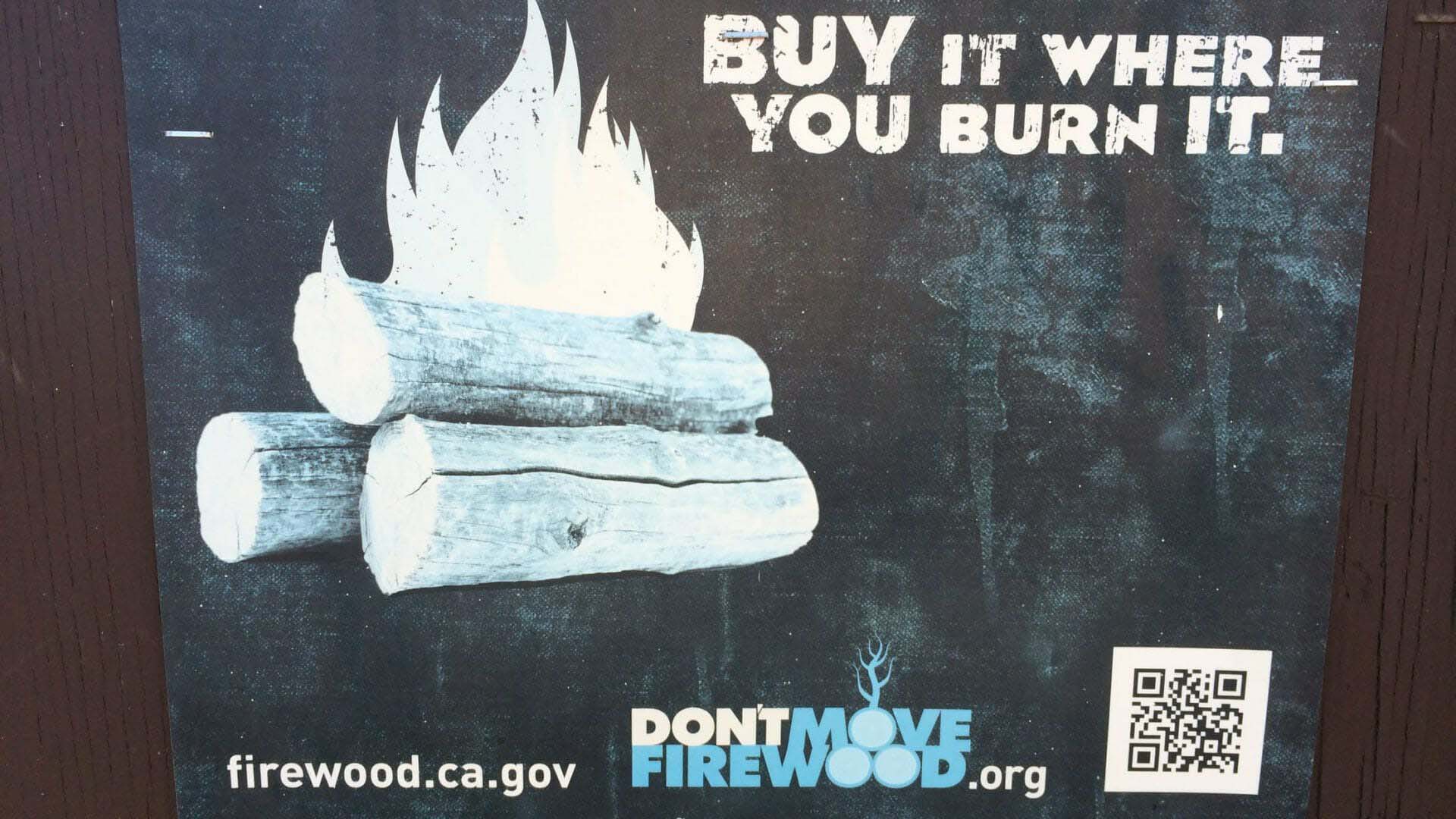Spending a night (or more!) in the great outdoors seems like an easy way to be more eco-friendly. However, there are many ways that camping can actually damage the environment more than help it. Here are five ways to camp more sustainably.
1. Bring Reusable Items
Some campers want to avoid the tedious clean-up with soap and water and bring non-reusable items like paper plates and plastic bags instead. To camp more sustainably, bring multi-use items. Great multi-use items to bring are kitchenware, lighters, and biodegradable Bee’s Wrap beeswax wraps to protect the fresh food you bring. As a bonus, these items will be able to be used again, saving you money over time.
2. Avoid Plastic Water Bottles
Bringing a reusable water bottle instead of grabbing a case of bottled water for your camping trip is one of the easiest ways to camp more sustainably. Though it seems simple to grab a case of bottled water for your camping trip, bottled water is detrimental to the environment.

Research shows that more than 17 million barrels of oil are required to produce enough disposable plastic water bottles to meet the United States’ annual demand, 86 percent of disposable water bottles in the United States become garbage or litter, and the water bottling process releases 2.5 million tons of carbon dioxide into the atmosphere each year.
Many camping sites have running water from a pump which is an easy (and free) way to stay hydrated and eco-friendly. If you don’t like the taste of the pumped water, consider bringing water enhancers like MiO.
3. Minimize Campfire Impact
Camping wouldn’t be the same without going to bed with a stomach full of s’mores thanks to your booming campfire. However, if done improperly, campfires can be damaging to the environment.
Build your fire in an area where wood is abundant (ie. not in higher elevations or in desert settings) and fire bans are not in place. The fire should ideally be built in a fire ring or existing grate. If there are no existing grates or fire rings, build a low-impact fire. Keep the fire to a manageable size, let it burn only for the time you are using it, and, of course, never leave a fire unattended.
When you’re ready to put out your fire, allow the wood to burn completely to ash and put it out with water. Wait 45 minutes to ensure that all flames are out—this is the best way to prevent an accidental forest fire.
4. Follow Firewood Regulations
As for the firewood, only use dead, down, and abundant firewood that was collected from a widespread area. Standing and fallen trees, dead or alive, provide shelter to birds and insects and recycle nutrients back into the environment, so leave them intact.

If firewood is not likely to be abundant where you are camping, buy it from a local source. Transporting firewood long distances from its original settings can introduce invasive insects, fungi, and bacteria to a new environment. Check your camping locations’ state and county regulations for firewood before buying it.
5. Leave No Trace
Arguably the most important rule of camping is to Leave No Trace (LNT). This means leaving your campsite the exact same way as you found it—litter-free and clean. While this seems self-explanatory, there are certain things to remember.
For example, human waste should be put in holes that are 6-8 inches deep and at least 200 feet away from water, trails, and camp (about 70 adult paces). Additionally, carry water 200 feet away from streams or lakes to wash yourself or your dishes. For more on the Leave No Trace Principles, check out Leave No Trace’s website.







